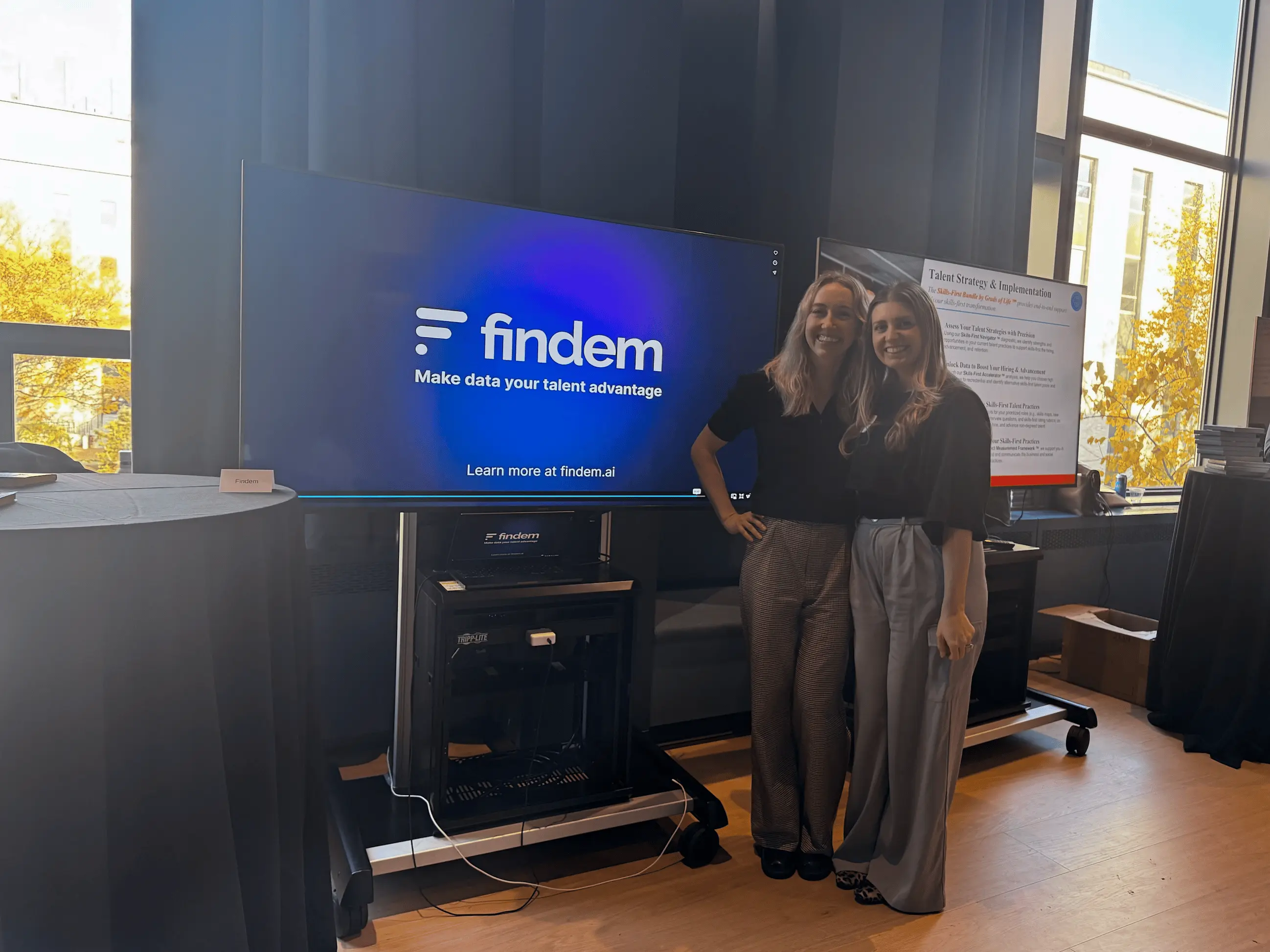.svg)

Is your talent stack helping — or quietly hindering — your hiring outcomes?
For many organizations, the answer isn’t as clear as it should be. In the rush to implement the latest “shiny and cool” technologies, talent teams often find themselves buried under a pile of redundant tools. The real cost? Bloated budgets, fragmented data, and a candidate experience that fails to stand out.
Below, we talk about the impact of this talent acquisition tool sprawl and the ROI of consolidating talent acquisition technology.
Why tool sprawl has become a problem
Smadar Tadmor, Founder and CEO of the AI coaching company Claro-Mentor, likens today’s buying habits to “being handed the keys" to an amusement park or candy store. "Companies want to grab everything around,” she says. According to top HR analyst Mark Stelzner, some leaders have become “enamored” with exciting new technologies or fear missing out on what others are implementing, so “they keep adding new ones” (as highlighted by SHRM).
A recent Productiv study on tool sprawl found that large organizations have an average of 371 SaaS applications and, in some cases, up to 50 different HR technologies. Stelzner cites that in one organization, “over a 7-year span, they never used 50 percent of the software licenses it purchased from existing vendors.”
Too often, companies chase innovation for its own sake — or rush to keep up with perceived market trends. Tadmor observes that some organizations invest in AI simply because “the CEO has said ‘this is the year we’re going to implement AI,’ so the HR department is trying to deploy whatever it can,” regardless of clear business needs.
The hidden (and direct) costs of tool sprawl
License waste
A Productiv study found 53% of SaaS licenses go unused. Moreover, software asset management firm Xensam notes that “the average SaaS contract management cycle takes 160 days, with 100 days spent on purchase, and 60 on renewal.” That’s 385 hours a year lost to contract management alone.
Operational drag
According to Zylo, a SaaS management company, companies on average juggle 15 duplicative online training apps, 11 project management tools, and 10 team collaboration platforms, many bought and expensed outside of IT oversight — creating a recipe for risk and confusion.
Security risks
According to an Ivanti report, nearly a third (32%) of employees using generative AI tools keep it secret from IT, and Harmonic’s research found that nearly 9% of AI tool prompts included sensitive data.
Productivity loss
A Harvard Business Review study covering 3,200 days of work across several Fortune 500 companies found the average user toggles among apps 1,200 times per day, with 9% of annual work time lost to the mental reorientation between systems.
Opportunity costs: The experience dilemna
Tech stack overload doesn’t just waste money. It drags down decision speed, diminishes candidate experience, and hurts brand credibility. According to PwC, nearly half of candidates in high-demand sectors will turn down a job if the process feels clunky or impersonal, and dissatisfied candidates often broadcast their experiences on social media and employer-rating sites.
Broken workflows fragment candidate data, delaying hiring decisions and preventing recruiters from seeing the whole talent pipeline or tailoring outreach at scale. Ben Eubanks, Principal Analyst at Lighthouse Research & Advisory, warns that “all these tools create different islands of data. You end up asking: Which system is telling the truth? Which one is the right one?”
Why consolidation works, and what you can gain
Unifying your tech stack isn’t just about cutting costs:
- Faster, higher-quality hires: Box trimmed 3 to 5 hours off every new search after consolidating its recruiting tools and unifying candidate data.
- Cleaner data, smarter decisions: Centralized information drives better analytics, stronger insights, and lets recruiters easily prioritize top candidates.
- Time and cost savings: Zylo estimates consolidation can save organizations $477,000 to $2.8 million annually by eliminating duplicate solutions alone.
- Reduced risk & burnout: Fewer systems mean less manual toil, more focus, and lower recruiter fatigue.
As Vertice notes, it’s rare to find a sizable organization with fewer than 100 SaaS products, and global SaaS spend will reach $300B in 2025 ($9,100 per employee). The opportunity now lies in unifying and simplifying workflows, not multiplying complexity.
The case for platform consolidation
Findem customers regularly see the impact of a unified, insight-driven tech stack. By eliminating redundant tools, ensuring integration with core HR systems, and prioritizing platforms that do more than one job, organizations unlock:
- A single view of their entire talent ecosystem — no double entry, no missed candidates
- Faster, more personal candidate engagement that elevates experience and brand
- Real-time analytics and trustworthy data driving meaningful business outcomes
Eliminate the sprawl in your own recruiting tech stack
Ready to put an end to tool sprawl and unleash recruiter productivity? Start with a tech stack audit and look for platforms that unify data, automate workflows, and deliver actionable insight.
Want to see how it looks in practice? Let us know, and we’ll show you how the world’s most innovative talent teams are achieving measurable ROI. Request a demo if you would like to talk more about how companies are putting an end to tool sprawl in their organizations.


.svg)








